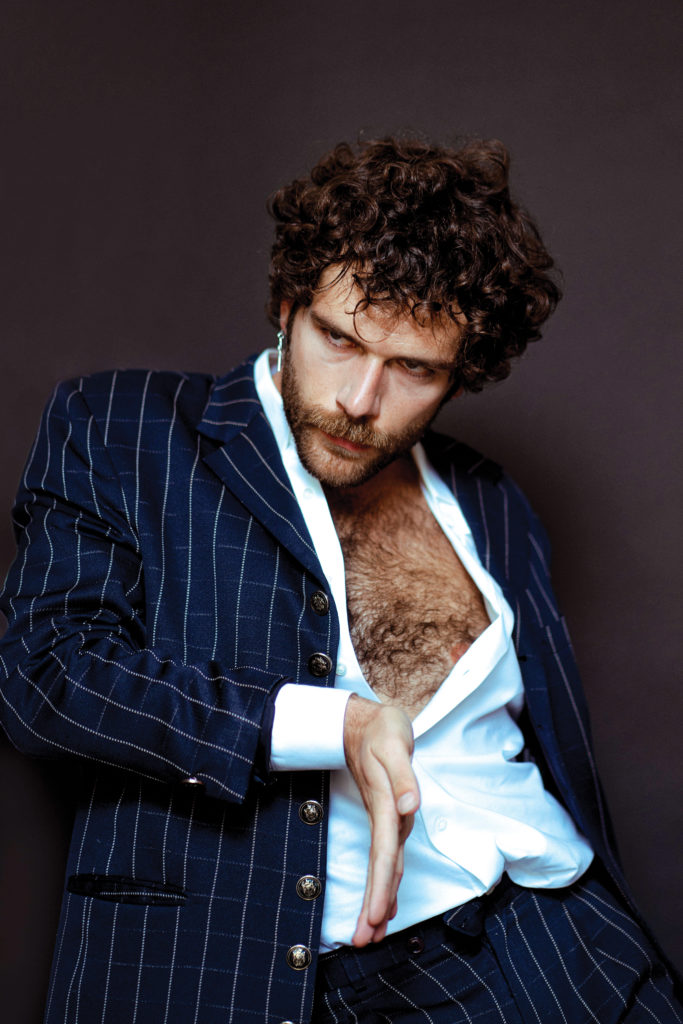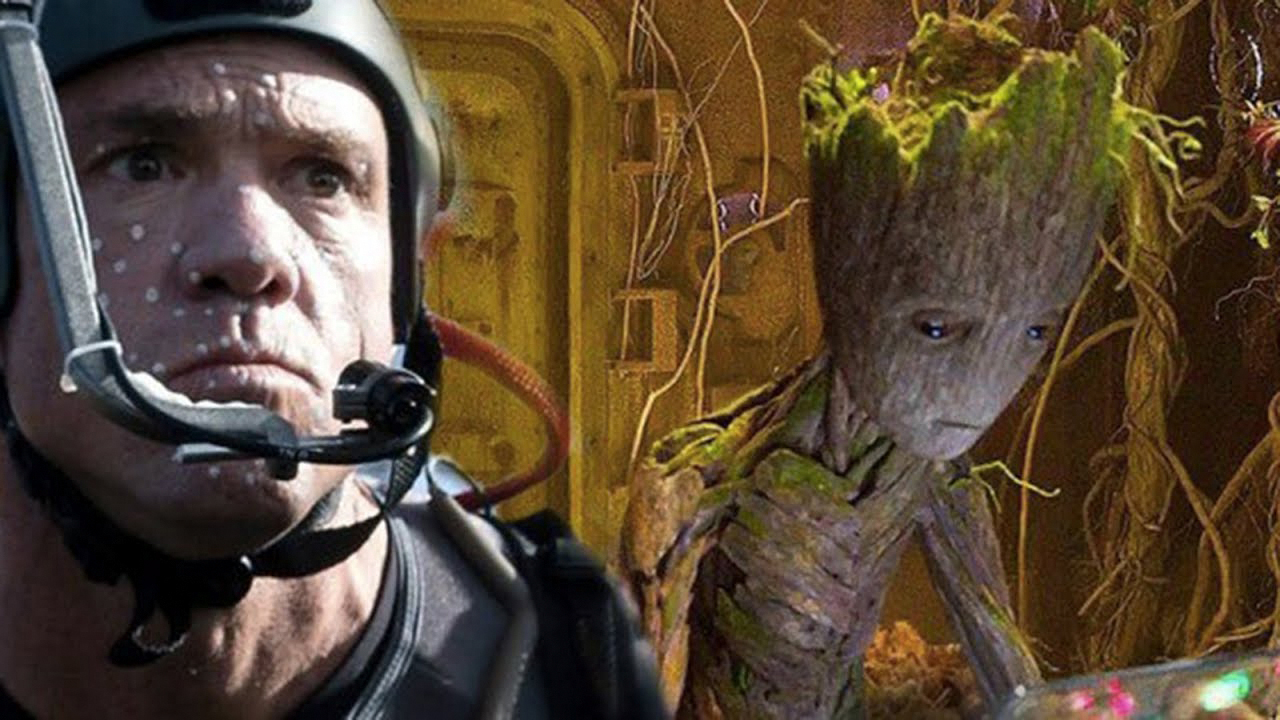(Perhaps Unexpected) Career Avenues for Dance Artists in Hollywood
Though the Los Angeles dance scene already offers its own choreographic aesthetic and performance opportunities for dancers eager to head West, there are also a number of commercial-specific ways for movers to put their dance training to good—and perhaps unexpected—use. Movement coaching is a growing field in Hollywood, and certain subsets, like movement direction and movement choreography, feel tailor-made for dancers looking to earn a Tinseltown living.
The Job Description
As a movement director, Ryan Walker Page helps clients—including high-profile ones like Dua Lipa, Lil Nas X, Saweetie and Renée Zellweger—develop movement for photography sessions, video work and live performance. Usually, his time on set with a client is limited and relies heavily on improvisation. “If it’s for print, you’re with the photographer, sort of yelling out ideas,” he explains. “You’re trying to complement a body, to give it a unique shape that’s memorable and puts this person in an interesting light and helps contribute to the mythology of this person.” Despite his natural aptitude, Page fell into movement direction accidentally, when a photographer friend wanted to elicit new possibilities with movement on set. “The photographer reached out and said, ‘I know you know how bodies conspire with light and movement—can you come and assist me?’ ” says Page.
Terry Notary, meanwhile, refers to his role on movie sets as a movement choreographer—“It’s a nonthreatening title,” he jokes, “where I can sit next to the director and learn from incredible people”—meaning he comes up with movement vocabularies for characters. In 2000, for example, Notary created a movement vocabulary for the Whos of Ron Howard’s How the Grinch Stole Christmas. Though he’d initially been hired as only an ensemble cast member, he found himself naturally coaching the rest of the Who cast. “I got super into it,” he says. “I was like, ‘We should come up with a common denominator for the movement.’ ” Howard took notice and asked Notary to put the cast through Who School, where they’d collaboratively design and solidify how those characters would move throughout the film. A year later, Notary did the same for the ape characters in 2001’s Planet of the Apes reboot.
Notary describes much of his work with actors as an undoing of any sense of control: “When you create an identity for yourself, you fall into natural, repetitive patterns,” he explains. “When I work with actors, I can see their blueprints—their reactionary patterns—and then I bring those up and we talk about them.”

Creating a Resumé
Both Notary and Page recommend practicing with friends first as a way to garner experience for movement direction and choreography. “Practice how to translate the movement concepts you know into laymen’s language,” says Page. “People can be embarrassed in their bodies. If your communication and language isn’t designed in a way that the client can really hear and understand and embody it, that’s a risky place to be.” Notary encourages anyone interested in movement choreography to find their own choreographic voice first. “Don’t try to emulate anyone else,” he says. “And just do it—if you want to be a choreographer or a movement coach or a stunt coordinator, get some friends and go shoot some stuff.”
For photography, video and live movement direction, Page suggests networking with producers and agents, rather than reaching out to other movement directors or cold-calling celebrities. “Movement direction is commonly an occupation that’s ready to be filled on set,” he points out, and it’s a producer’s job to fill that role. Page also encourages those interested in this career to align themselves with other artists—photographers, actors, musicians—who are also at an emerging stage of their careers. “It can be unsatisfying to jump onto a well-oiled machine,” he admits, “where there’s not much malleability.”
Notary’s hireability also depends largely on word of mouth from producers, he says, which is why it’s important to establish yourself early on as someone who’s willing to work hard. “When you work on something,” he says, “do an amazing job. Go above and beyond the call of duty. And do your own thing—make it yours.”
Using Your Dance Chops Wisely
His first time on set as a movement director, Page was surprised by how well his dance training had prepared him for this role. “What I find really handy is constantly being able to translate with language movement concepts,” says Page. “If someone is an actor, then it’s about building a world of imagery: ‘Lean in like someone just told you an amazing story.’ Models, meanwhile, tend to like a little more perceptual education: ‘Hey, if you extend this line and move this shoulder forward, it lengthens the whole thing.’ You see how readily equipped you are to be of service in a situation like that.”
A former gymnast and Cirque du Soleil performer, Notary relies on his sense of artistry when starting out with a new movement choreography project. “Gymnastics gives you a foundation of technique, but it’s very regimented, almost military-style—you’re being judged for your mistakes,” he says. “When I went to Cirque, I learned how to perform to show what I could do, rather than try not to make mistakes. It was a whole different mindset, a different way of approaching art.”




